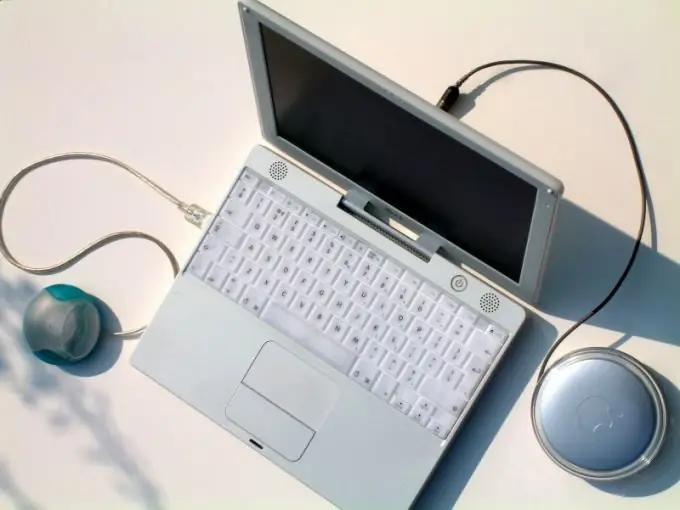When trying to delete some files, the operating system displays a message about the impossibility of such an operation and does not perform the required action. Sometimes this is due to the lack of physical ability to change something on the disc - for example, on a "finalized" or non-rewritable optical disc. In all other cases, you can try to solve this problem using software.

Instructions
Step 1
Check if the read-only attribute is enabled in the file properties. If so, then this setting must be canceled, otherwise no changes to the file, including its deletion, are possible. If the file is not on the desktop, then find it using the "Explorer" - press the Win + E key combination and navigate through the directory tree to the folder storing the required file.
Step 2
Click on the file with the right mouse button, this action will bring up a context menu in which you need to select the very bottom line - "Properties".
Step 3
The first tab of the window that opens - "General" - contains a section with the necessary settings: in the lower part, find the inscription "Attributes" and the "Read only" checkbox to the right of it. If this box is checked, uncheck it and click OK. Then delete the file and this will complete the procedure. If the reason is not in this attribute, then proceed to the next step.
Step 4
The file you want to delete may be blocked by one of the applications that are currently running. If it is an application program, simply close it to release the lock. Try this - close all running applications, wait a minute and try to delete the file. If this fails, you will have to close the programs running in the background - antivirus, firewall, etc. If this does not help, try another method.
Step 5
A file locked not by an application, but by a system application can be deleted by restarting the computer in "safe mode". Then the OS will work in a truncated form, many system services will be disabled and the likelihood that the problem file will finally be freed from the "exploiter" program will increase. To use this method, press the Win button, initiate the reboot operation from the main menu, and when the reboot starts, press the F8 key. A menu will appear on the screen in which you need to select one of three options for safe mode. After that, wait for the system to boot and delete the file.
Step 6
Use programs that allow you to forcibly unlock any file if the standard OS tools do not allow you to do this. For example, it can be Unlocker - a small and free utility with a Russian interface, which can be downloaded from the site






